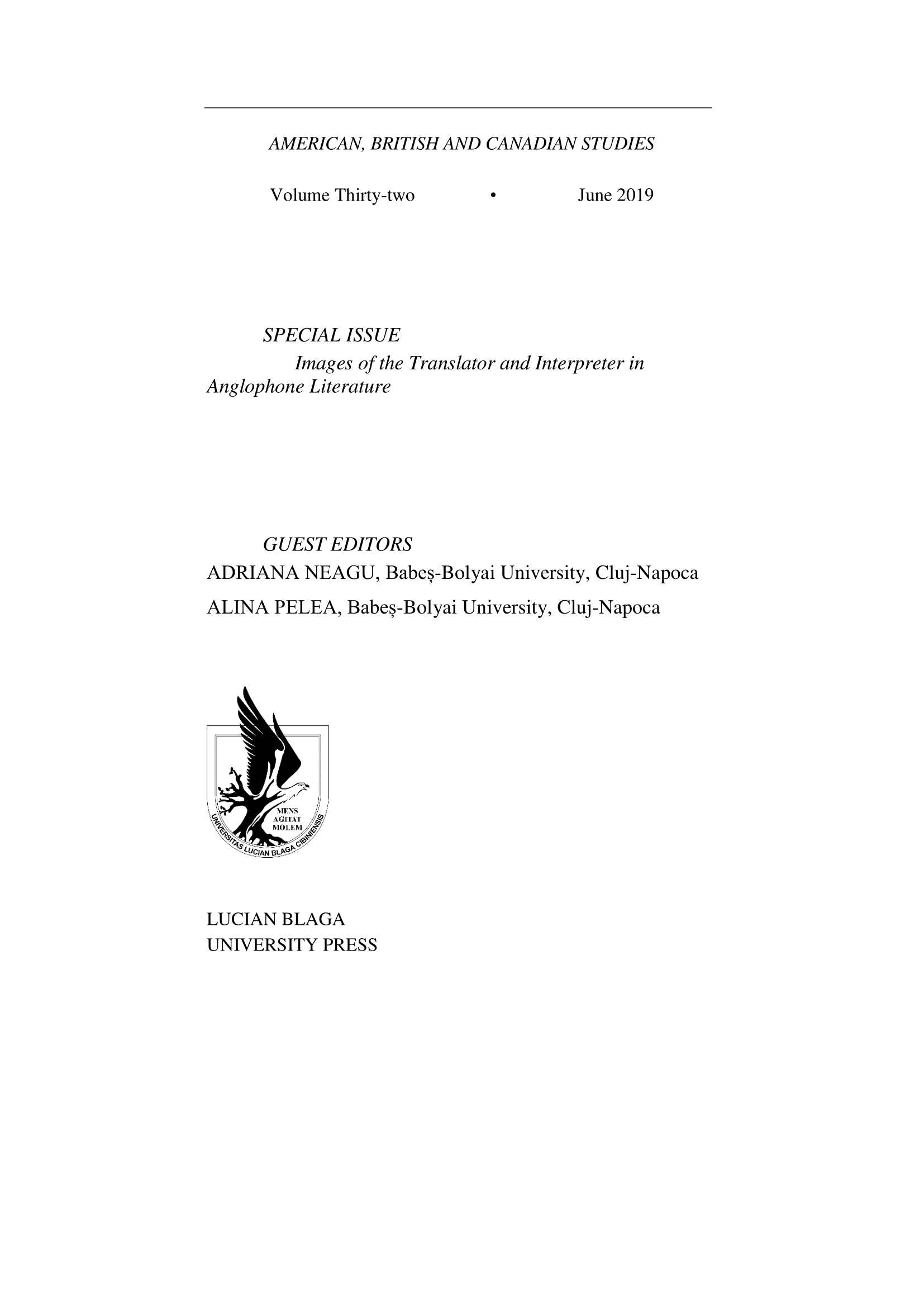Of “You” and “Thou,” Lips and Pilgrims
in the Translation of Romeo and Juliet’s “Shared Sonnet”:
A Hands-On Perspective
Of “You” and “Thou,” Lips and Pilgrims in the Translation of Romeo and Juliet’s “Shared Sonnet”: A Hands-On Perspective
Author(s): Anca Ignat, Alexandru M. CălinSubject(s): Theory of Literature, British Literature
Published by: Editura Universitatii LUCIAN BLAGA din Sibiu
Keywords: translation; associative meaning; you; thou; context; ambiguity;
Summary/Abstract: It is not a recent discovery in the field of language history that the address pronouns thou and you were not, in Shakespeare’s time, used indiscriminately. If the speaker did have a choice between the two forms, that choice was by no means random, idiosyncratic or arbitrary, but always dictated by the social, relational or attitudinal context of a speech act. Nonetheless, all 20th -century Romanian translations of Romeo and Juliet (and of other Shakespearean plays) – from Haralamb Leca’s rather loose rendering (1907) to Ștefan-Octavian Iosif’s and to Virgil Teodorescu’s more refined versions (1940 and 1984, respectively) – seem to ignore the difference in associative meaning between the two forms, which is sometimes essential for a correct assessment of the relationships between characters. The latest Romanian translation of the play, which we have jointly submitted for publication within the Shakespeare for the Third Millennium project (William Shakespeare. Opere XIII, 2018) acknowledges the importance of the various associative meanings that the two pronouns carry and strives to restore these meanings to the text, though not without difficulty, given the rather restrictive form of the original, i.e. iambic pentameters, often with strict rhyme schemes. Thus, focusing on the well-known “shared sonnet” as one of the most relevant instances of pronoun alternation in the play, our paper discusses the uses of you and thou in Early Modern English and sets out to assess how much is lost in 20th -century translations, to show how our own translation restores the associative meanings of the two pronominal forms and finally to exemplify how we managed to overcome translation difficulties entailed by the metrical and stylistic demands of the text.
Journal: American, British and Canadian Studies
- Issue Year: 2019
- Issue No: 32
- Page Range: 20-35
- Page Count: 16
- Language: English
- Content File-PDF

